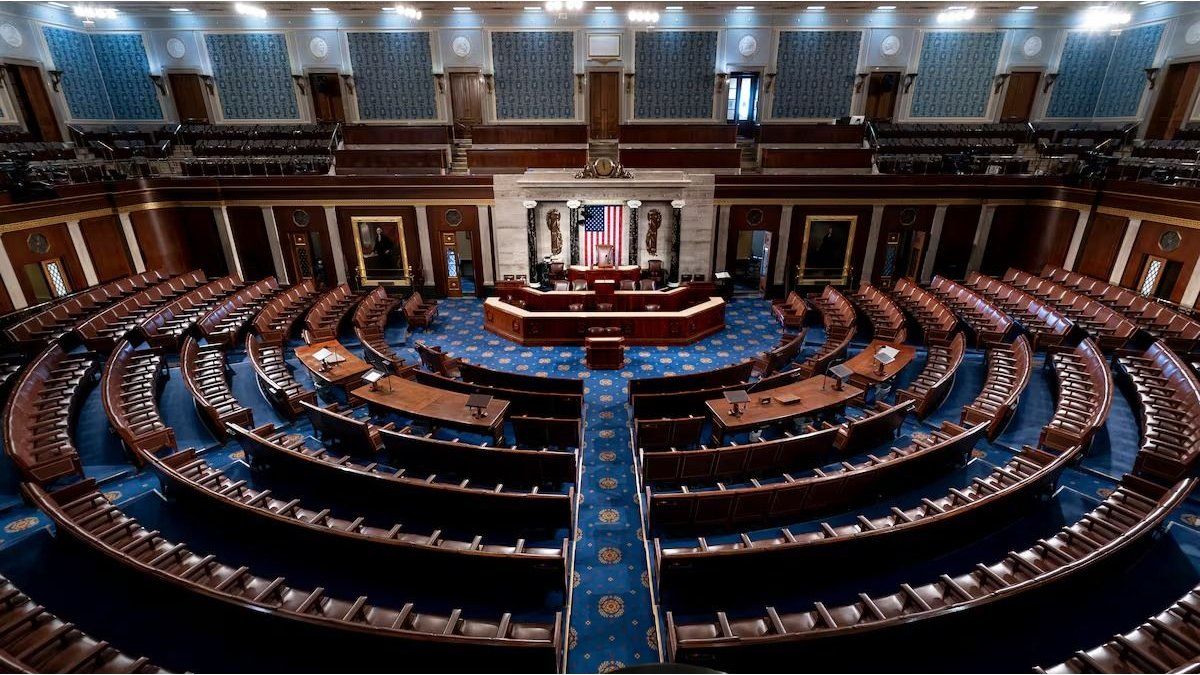He United States Government entered a new Administrative closure After beating the deadline for the president Donald Trump and the Congress They will reach a Financing Agreement Before midnight from October 1. Marked political divisions They prevented budget approvalparticularly for the Rejection of Republicans to the demand of Democrats to extend the health benefits they expire at the end of the year.
This confrontation left the Expenditure billindispensable to keep the federal government underway. Although in the past the budgetary conflicts were resolved to the limit of time, this time the first closure in seven years and the Tenth since 1981.
The immediate antecedent was the closure of 35 days between 2018 and 2019also under the presidency of Trump, then motivated by a disagreement about immigration.
What services are affected
The closure, which initially compromises the calls non -essential serviceswill have a strong impact on public administration. It is estimated that some 750,000 federal employees They will be suspended or dismissed temporarily.
Central programs such as Medicare and Medicaid They will continue to function, although with possible delays due to the lack of personnel. He Pentagon will maintain their operations and much of the workers of the National Security Department They will remain in their positions.
The Smithsonian museums They will remain open to the October 6while National Parks They could be closed, as they claimed ex -superintendants who They warned about security risks and deterioration of resources due to the lack of personnel.
At the same time, Federal offices They will close and the Trump administration warned that “irreversible” decisions could be made, with additional cuts to programs linked to the Democrats.
The social and economic impact
The Administration and Budget Officedirected by Russ Voughtordered all agencies to execute plans to apply licenses without salary enjoyment and eventual mass dismissals. According to the White House, the measure is part of Trump’s policy of reduce state size.
The president already promoted a reform to expel 300,000 federal employees Before December and threatened that the closure serves as a platform to advance “irreversible” actions.
The effects of Shutdown They are not limited to political land. The cuts reach social benefits, labor contracts and public services. In parallel, the agenda of Deportations promoted by Trump will continue, while areas such as education, environment and community programs will be weakened.
Experts warn that economic consequences can be felt throughout the country. Rachel Snydermanformer White House budget, warned: “What does the government spend money is a demonstration of the priorities of our country (…) closures only generate economic costs, fear and confusion throughout the country.”
Although financial markets usually react with indifference to previous closures, an analysis of Goldman Sachs He pointed out that this episode could differ due to the lack of negotiations between Congress and the Republican Administration.
The dispute in Congress
He Senate He rejected both the temporary financing project presented by the Republicans and the proposal of the Democrats. With a majority of 53 to 47Democrats use their votes as a negotiation tool. The leader of the majority, John ThuneHe argued that Republicans are willing to dialogue, but the blockade persists.
The debate revolves around 1.7 billion dollars destined to the operation of federal agencies, within a total budget of 7 billion dollars. The rest corresponds to health programs, retirement and interests of public debt, which amounts to 37.5 billion dollars.
With the policy increasingly polarized, independent analysts warn that This closure could extend more than the previous.
Trump’s threat to use the Shutdown as a tool political pressure Add uncertainty to a scenario that already affects hundreds of thousands of workers and threatens to generate a economic cost large -scale.
Source: Ambito




